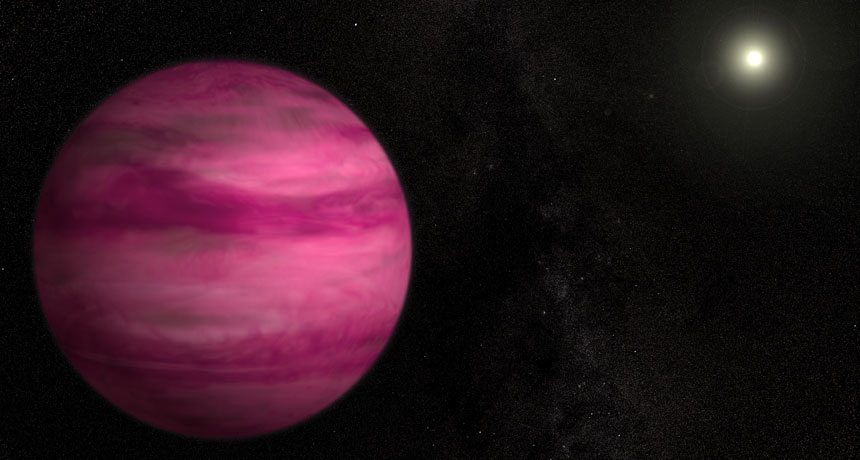Scientists Say: Exoplanet
Planets outside our solar system have a different name

The planet depicted here —GJ 504b, a huge body four times as massive as Jupiter — orbits a star 57 light-years away. When these bodies orbit stars other than our own, we call them exoplanets.
NASA/Goddard/S. Wiessinger







